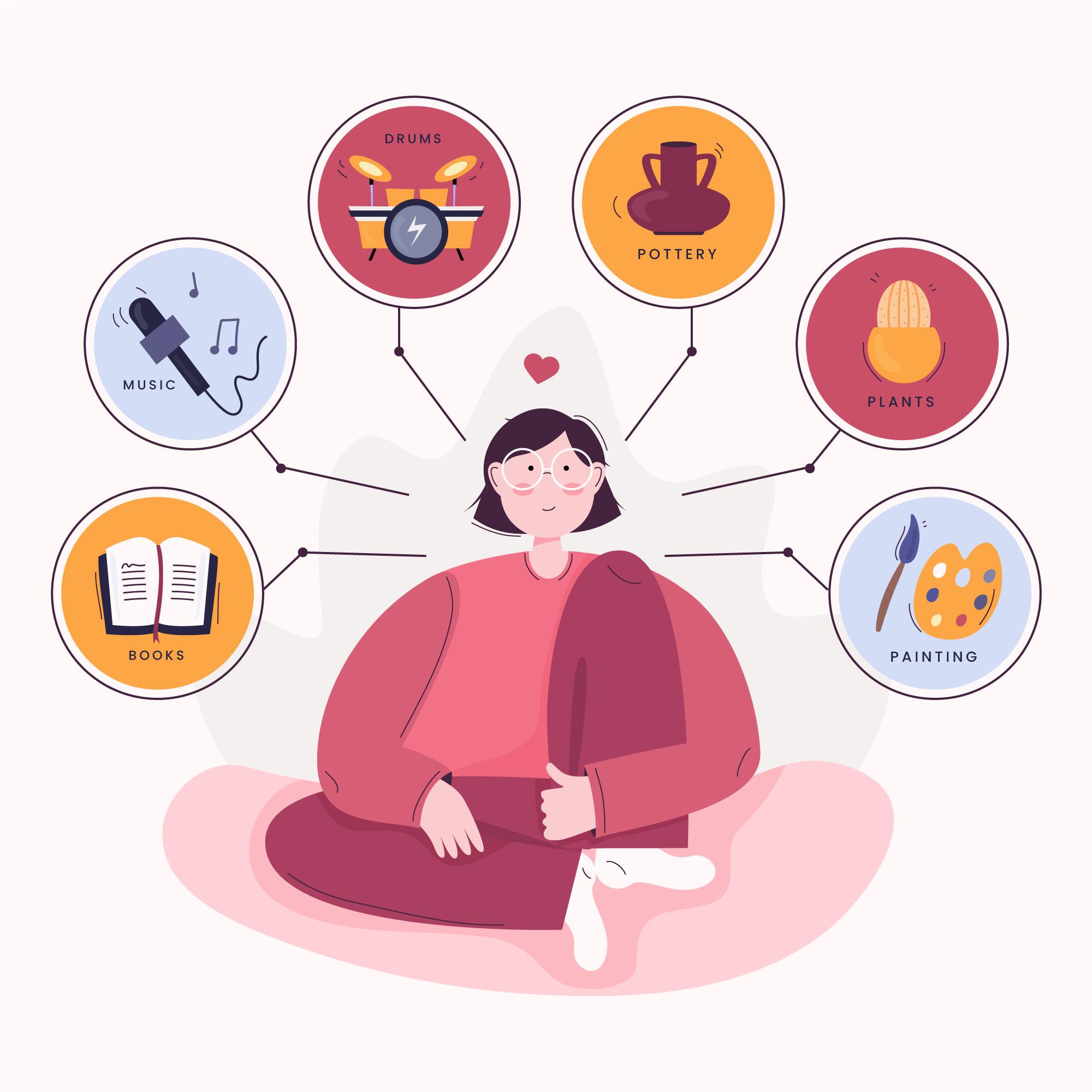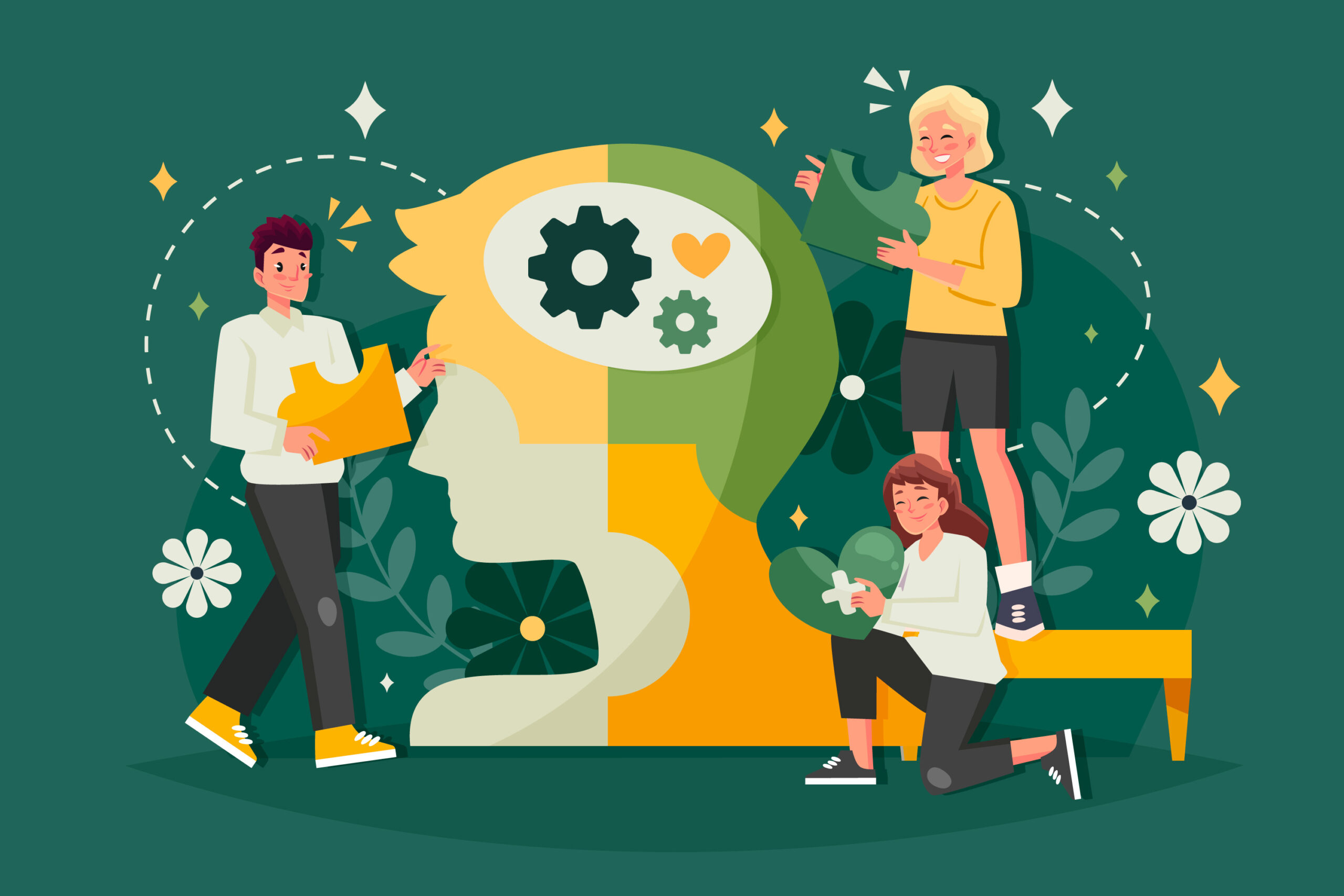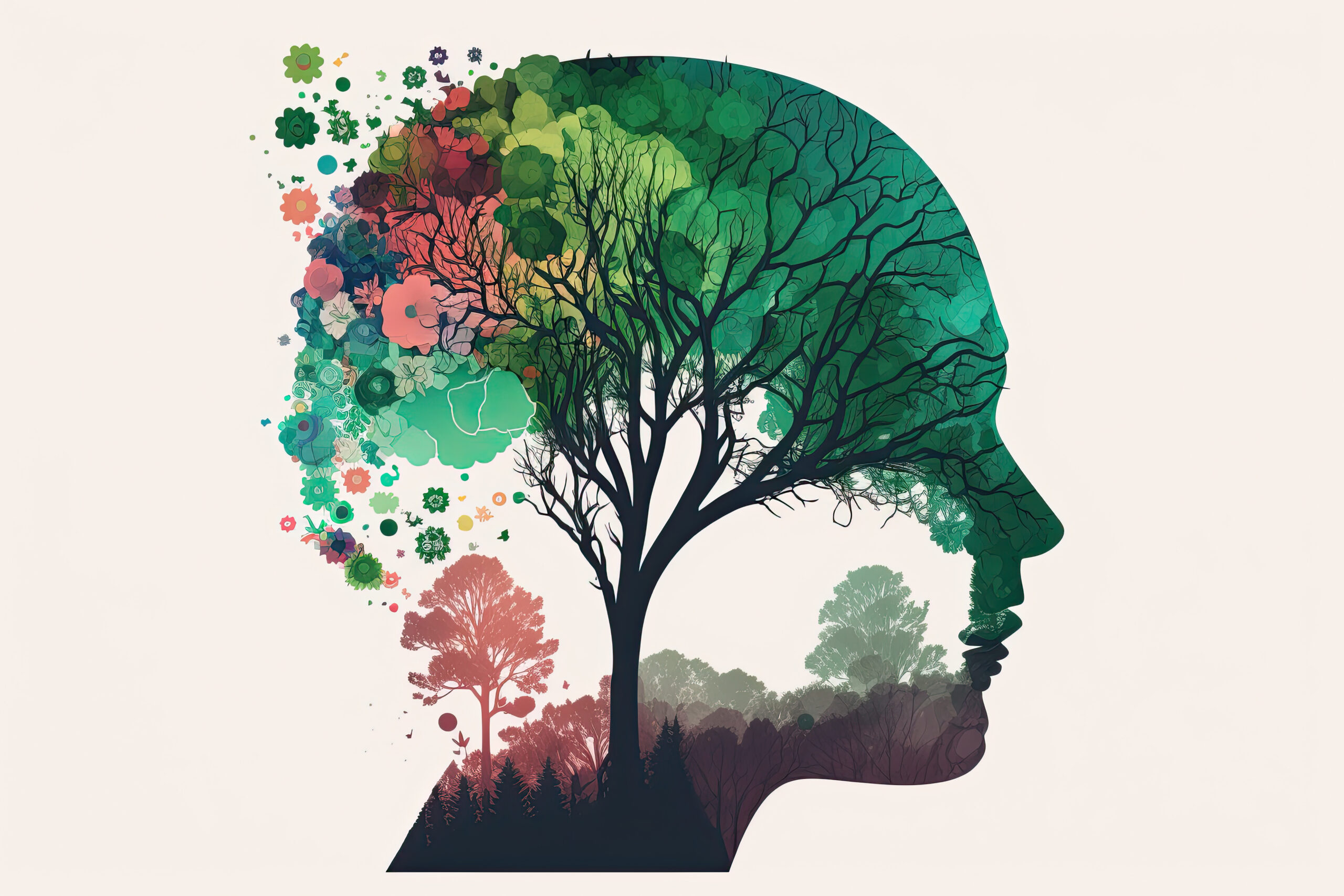Many people around the world are feeling extremely worn out and exhausted, especially at work. A study found that 76% of workers feel this way at least sometimes, and 28% feel this way very often or always. In this blog, we’ll delve into essential strategies for mastering self-care to safeguard yourself against burnout in the workplace.
Burnout happens when we feel completely drained, stressed, and unable to keep up with all the things we need to do. It can cause problems like feeling very tired all the time, having trouble sleeping, not doing well at work, and feeling like we’re disconnected from our jobs and personal lives.Taking care of ourselves means making sure we do things that help our bodies, emotions, thoughts, relationships, and spirits feel good. Doing this can help us avoid burnout and stay balanced and happy.

Understanding Burnout
Causes of Burnout
When you have a lot of work to do, tight deadlines, and always feel pressure to do well, it can make you feel stressed all the time. If your work starts taking up too much of your time, it can make you feel worn out. On top of that, things like taking care of your family, money problems, and health issues can all add to your stress. In places where people are always expected to do their very best, it can make you feel like you’re not good enough and tired.
Symptoms of Burnout
Feeling extremely tired, overwhelmed by stress, and struggling to manage daily tasks. Finding it difficult to focus, make decisions, and complete tasks. Experiencing increasing dissatisfaction with your job and colleagues. Additionally, dealing with frequent headaches, difficulty sleeping, and other physical symptoms due to stress.
What is Self-Care?
Self-care is a holistic approach to maintaining and enhancing overall health and well-being. It involves a diverse range of practices and activities aimed at nurturing physical, mental, and emotional well-being. This can include regular physical exercise, mindfulness and meditation for mental health, and strategies for managing and expressing emotions healthily. Engaging in self-care enables individuals to effectively manage stress, maintain balance, and foster a sense of well-being in their lives.
Types of Self-Care
Remember to take care of your body by staying active, eating well, and getting enough rest. Find healthy ways to manage stress and take up hobbies or talk to someone if you need help. Keep your mind active and relaxed with activities like mindfulness, reading, and learning new things. Spend time with friends and family to keep up good relationships. Finally, make sure to take time for yourself with activities like meditation, spending time in nature, or practicing your religion if that’s something you find fulfilling.
The Connection Between Self-Care and Burnout Prevention

Self-care and burnout prevention are intrinsically linked, as self-care practices serve as proactive measures to counteract the factors leading to burnout. Engaging in physical self-care, such as regular exercise, proper nutrition, and adequate sleep, helps restore and maintain energy levels, which is crucial for preventing physical exhaustion. Emotional self-care, including stress management techniques, hobbies, and therapy, builds resilience against emotional exhaustion by addressing emotional needs and managing stress. Mental self-care practices, such as mindfulness and continuous learning, promote mental clarity and prevent cognitive overload, reducing the risk of becoming overwhelmed by tasks and responsibilities. Furthermore, social self-care, which involves nurturing relationships and maintaining a strong support network, provides emotional support and a sense of belonging, which is vital for coping with stress and preventing feelings of isolation and detachment. Spiritual self-care, through activities like meditation and spending time in nature, brings a sense of peace and purpose, helping individuals stay grounded and connected to their values.
Practical Self-Care Strategies
Don’t forget to take short breaks throughout the day to avoid feeling tired. Doing activities like mindfulness or meditation can help reduce stress and make it easier to concentrate. It’s also important to make time for regular exercise because it can make you feel happier and more energetic, which is good for your overall health. Make sure to schedule time for hobbies and leisure activities. Engaging in enjoyable activities can provide a much-needed break from everyday stress. Setting aside time for socializing with friends and family is also important. Building strong relationships can provide emotional support and reduce stress. Lastly, consider planning periodic breaks from digital devices. Taking some time away from screens can help reduce information overload and improve mental clarity.
Long-term Approaches
It’s important to create a plan to take care of yourself by scheduling various self-care activities and making sure you do them regularly. Seeking help from professionals, such as therapists or counselors, can provide support and strategies for managing stress and burnout. Additionally, continuing to learn and explore new things can keep your mind active and engaged as you grow as a person.
Remember to take some time to reflect on the specific situations or triggers that cause you stress, as well as the activities or strategies that help you to feel more relaxed and at ease. It’s important to explore a variety of self-care practices to address your physical, mental, and emotional well-being. Be open to adjusting and fine-tuning your self-care routine as needed to ensure that it continues to effectively support you.
Overcoming Barriers to Self-Care
Finding time for self-care can be quite challenging, especially when you have a jam-packed schedule. Many individuals struggle with a sense of guilt or self-indulgence when attempting to prioritize self-care. Furthermore, some people may face barriers due to a lack of knowledge or resources needed to effectively engage in self-care activities.
Recognizing the importance of self-care is critical in making it a central focus. It is crucial to initiate self-care by incorporating small, achievable activities into a regular routine. Seeking assistance from friends, family, or professionals can provide valuable support in establishing and maintaining a self-care regimen.
Conclusion

Remember to prioritize your well-being as it plays a crucial role in maintaining both physical health and mental happiness. It’s important to establish a comprehensive routine that includes getting sufficient rest each night, engaging in activities that help you unwind and relax, such as meditation, yoga, or hobbies you enjoy, and spending quality time with loved ones to foster a sense of connection and belonging. These self-care practices can significantly help boost your energy levels, enhance your ability to manage stress, improve your emotional well-being, and sharpen your cognitive function, resulting in greater overall productivity and satisfaction in life. Take the time to carefully evaluate your current self-care habits, and make any necessary adjustments to ensure that you are effectively meeting your physical, mental, and emotional needs. It’s essential to recognize that caring for yourself is not a selfish act, but rather a fundamental aspect of maintaining overall wellness, enabling you to be at your best for yourself and those around you.



















 Taking care of yourself is an essential step towards leading a healthy and happy life. It involves maintaining good habits such as exercising regularly, following a balanced diet, and getting adequate sleep. It’s important to note that physical fitness and good hygiene are crucial for both your physical and mental well-being.
Taking care of yourself is an essential step towards leading a healthy and happy life. It involves maintaining good habits such as exercising regularly, following a balanced diet, and getting adequate sleep. It’s important to note that physical fitness and good hygiene are crucial for both your physical and mental well-being. Create Support? What does that mean? Creating support refers to connecting with colleagues facing the same condition as you or having experienced this phase before. Sharing experiences helps you to provide emotional relief.
Create Support? What does that mean? Creating support refers to connecting with colleagues facing the same condition as you or having experienced this phase before. Sharing experiences helps you to provide emotional relief. 




 ADHD and Workplace Productivity
ADHD and Workplace Productivity

 In conclusion, it is essential to create an environment that fosters success for workers living with ADHD by providing necessary accommodations and resources. Employers should ensure all team members are aware of expectations and provide the necessary support needed when it comes to managing stress levels or communication difficulties. Additionally, implementing strategies such as active listening techniques or cognitive-behavioral therapy may help those with ADHD better manage their impulsivity issues in the workplace too. Ultimately, creating a supportive work culture where employees feel heard regardless of individual differences will lead towards increased productivity while also fostering successful professional relationships within an organization overall.as well as providing resources such as on line courses or counseling services for those seeking additional learning opportunities may encourage increased success at the workplace level too.
In conclusion, it is essential to create an environment that fosters success for workers living with ADHD by providing necessary accommodations and resources. Employers should ensure all team members are aware of expectations and provide the necessary support needed when it comes to managing stress levels or communication difficulties. Additionally, implementing strategies such as active listening techniques or cognitive-behavioral therapy may help those with ADHD better manage their impulsivity issues in the workplace too. Ultimately, creating a supportive work culture where employees feel heard regardless of individual differences will lead towards increased productivity while also fostering successful professional relationships within an organization overall.as well as providing resources such as on line courses or counseling services for those seeking additional learning opportunities may encourage increased success at the workplace level too. 
 Signs and Symptoms Of Mental Health Problems:
Signs and Symptoms Of Mental Health Problems:  Self-care is the deliberate practice of taking activities to preserve or improve one’s own health and well-being. Physical, mental, and emotional health can all be affected. Everyone, regardless of age, gender, or health state, should practice self-care. It can be done in many different ways. Examples of this type include:
Self-care is the deliberate practice of taking activities to preserve or improve one’s own health and well-being. Physical, mental, and emotional health can all be affected. Everyone, regardless of age, gender, or health state, should practice self-care. It can be done in many different ways. Examples of this type include: Anyone struggling with mental health concerns is going to benefit greatly from having an effective support system. It can offer monetary, materialistic, and emotional support. Our support network might include friends and family, but it’s also critical to seek professional help when it’s required. We can learn coping mechanisms and a better understanding of our mental health issues from therapists. They can also lead us and help us
Anyone struggling with mental health concerns is going to benefit greatly from having an effective support system. It can offer monetary, materialistic, and emotional support. Our support network might include friends and family, but it’s also critical to seek professional help when it’s required. We can learn coping mechanisms and a better understanding of our mental health issues from therapists. They can also lead us and help us Being mindful means paying attention to the present moment without passing judgment on it. It is a technique for paying attention to what is occurring both inside of us and without us while being distracted by thoughts, feelings, or physical sensations.
Being mindful means paying attention to the present moment without passing judgment on it. It is a technique for paying attention to what is occurring both inside of us and without us while being distracted by thoughts, feelings, or physical sensations. Physical fitness is mandatory to beat the mental health problems as exercising daily or indulging in physical activities prove to reduce stress, anxiety and depression. It could be a major source of creating a strong link between physical and mental well-being. Physical activity can take many various forms, all of which are good for mental health. Several well-liked choices consist of:
Physical fitness is mandatory to beat the mental health problems as exercising daily or indulging in physical activities prove to reduce stress, anxiety and depression. It could be a major source of creating a strong link between physical and mental well-being. Physical activity can take many various forms, all of which are good for mental health. Several well-liked choices consist of:



